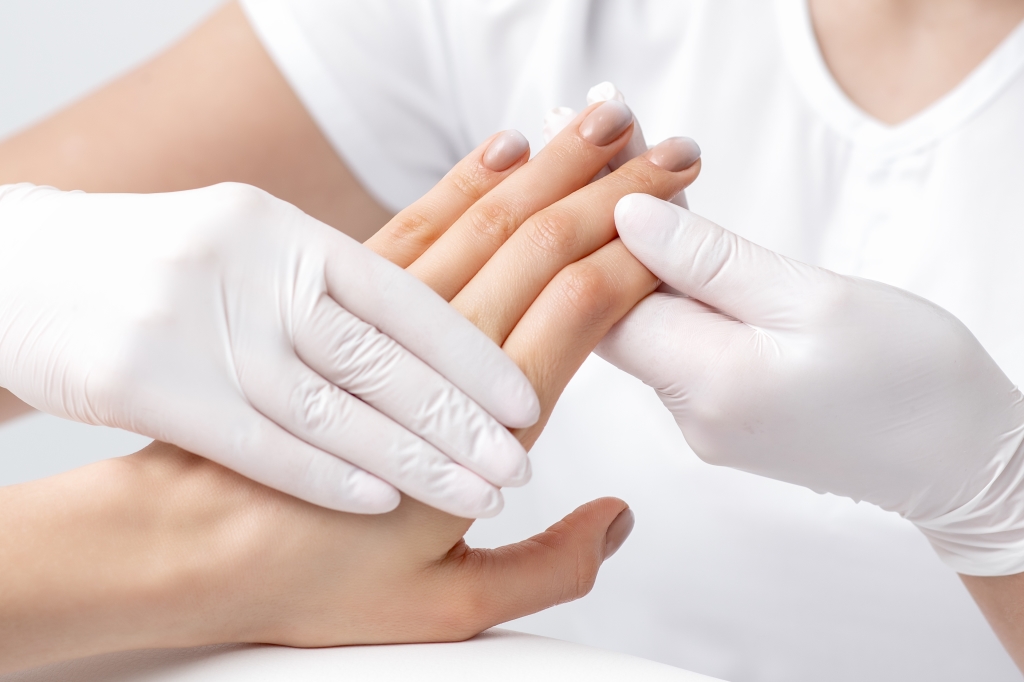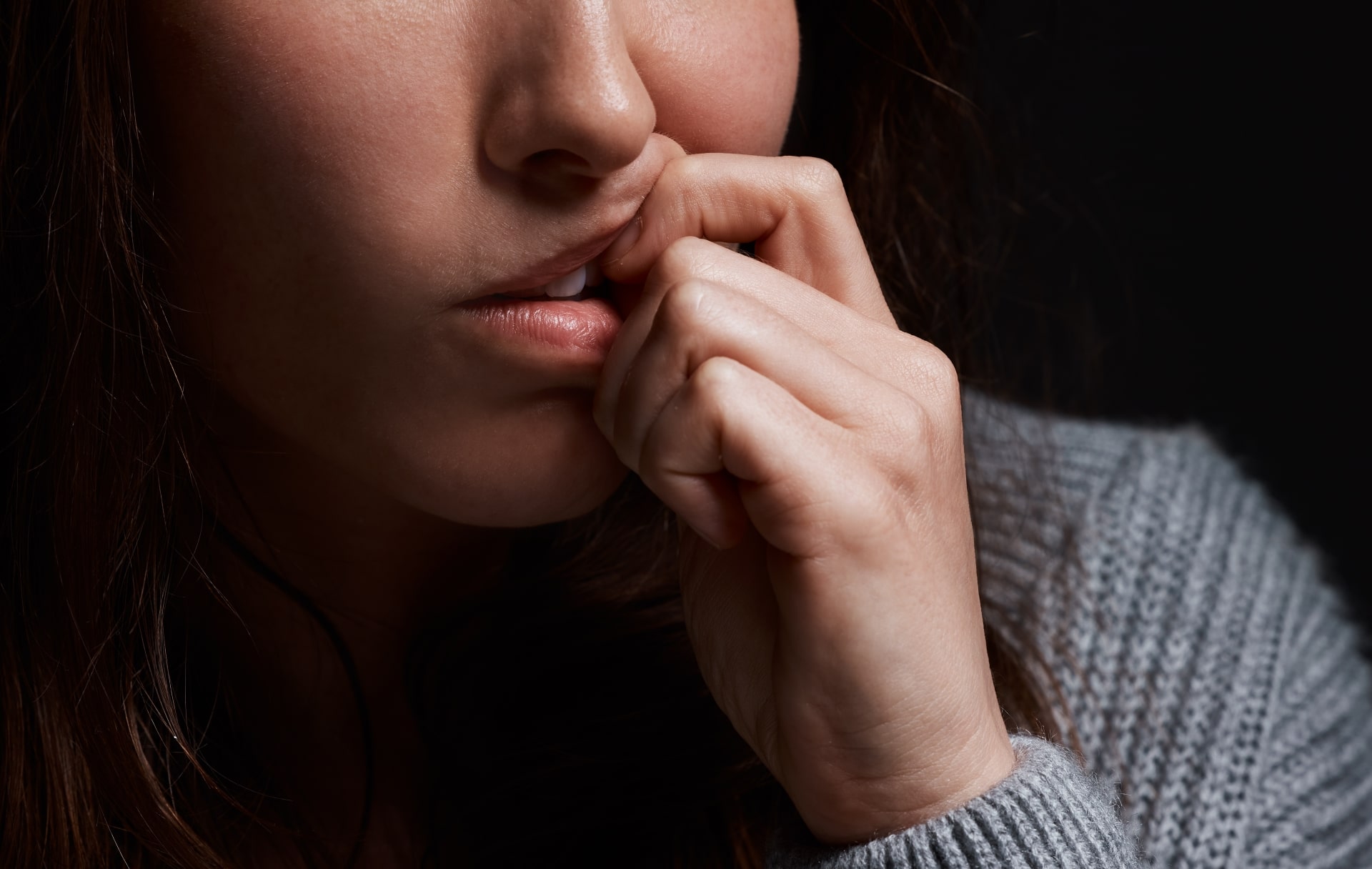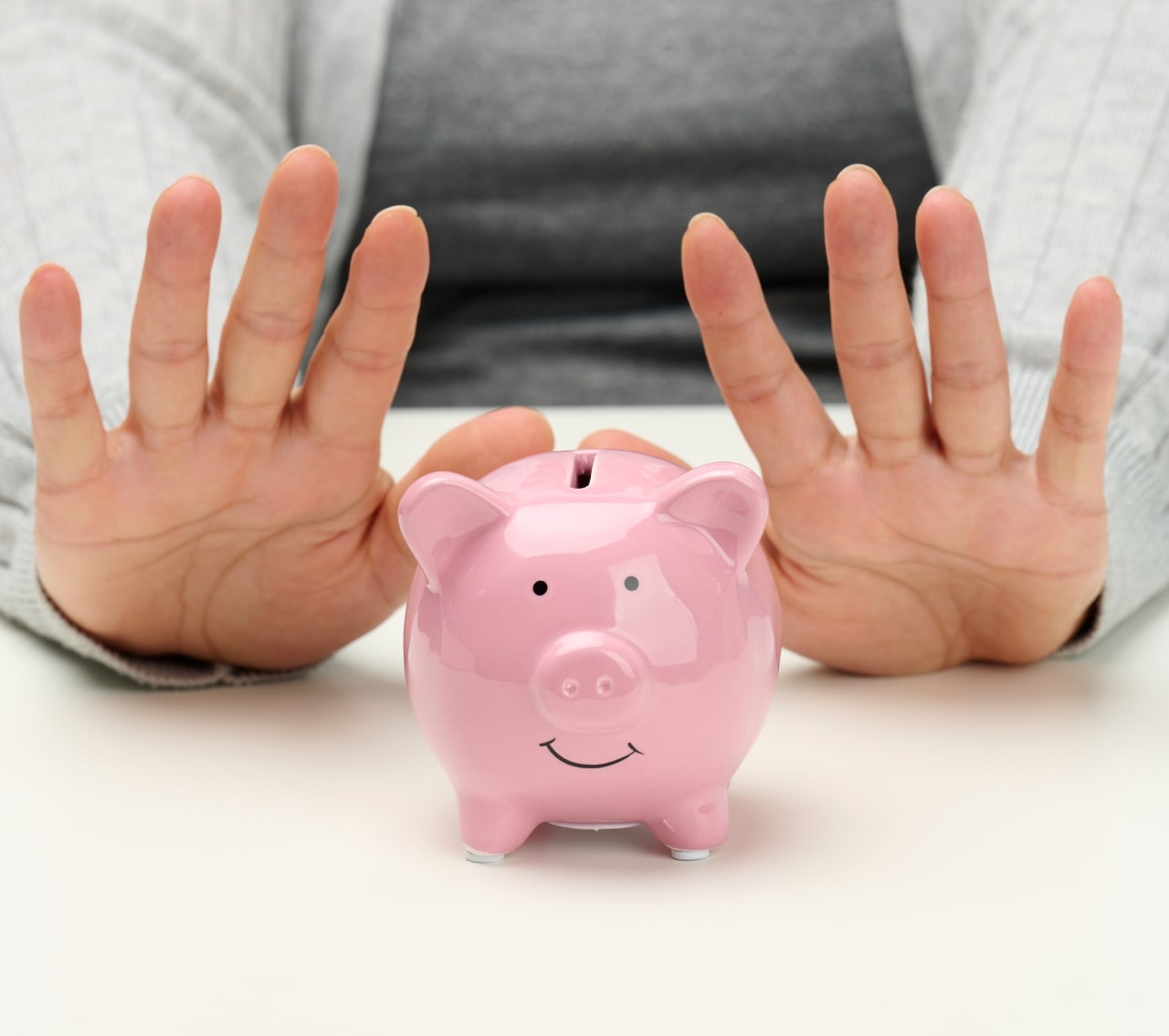In the realm of self-care, at-home nail care routines have become increasingly popular. However, ensuring proper hygiene practices during these sessions is paramount to prevent infections and maintain healthy nails. In this informative blog post, we’ll delve into the importance of sensitization and disinfection when doing your nails at home, providing practical tips to keep your nail care tools and environment clean and safe.
Understanding Sensitization:
Before diving into the intricacies of disinfection, it’s essential to grasp the concept of sensitization. Sensitization occurs when the skin becomes hypersensitive to certain substances, often due to repeated exposure over time. Nail care products containing harsh chemicals, such as formaldehyde or toluene, can exacerbate sensitization reactions, leading to redness, itching, or even allergic dermatitis. To minimize the risk of sensitization, opt for nail care products labeled as “hypoallergenic” or “free from harmful chemicals.”
The Importance of Disinfection:
Disinfecting your nail care tools is crucial to prevent the spread of bacteria, fungi, and viruses that can cause infections. Nail clippers, files, and cuticle trimmers can harbor harmful microorganisms if not properly sanitized between uses. Additionally, the surfaces where you perform your nail care routine, such as tabletops and countertops, should be regularly disinfected to maintain a clean environment.
Tips for Sensitization and Disinfection:
- Cleanse Before and After: Begin your nail care routine by washing your hands thoroughly with soap and water to remove dirt, bacteria, and oil. Afterward, use a gentle disinfectant solution to sanitize your nail care tools, ensuring they’re free from any contaminants before use.
- Choose Non-Toxic Products: Opt for nail care products formulated with non-toxic ingredients to reduce the risk of sensitization and allergic reactions. Look for labels indicating products are free from formaldehyde, toluene, and dibutyl phthalate (DBP).
- Regular Maintenance: Establish a routine for cleaning and disinfecting your nail care tools after each use. Soaking tools in a solution of warm water and antibacterial soap can help remove debris and bacteria, followed by thorough rinsing and air-drying.
- Environment Matters: Keep your nail care environment clean and clutter-free to minimize the risk of contamination. Disinfect surfaces with a household disinfectant spray or wipe before and after each use.
- Consider Disposable Tools: For added peace of mind, consider using disposable nail care tools, such as emery boards or orangewood sticks, especially when treating cuticles or sensitive areas.
By incorporating sensitization and disinfection practices into your at-home nail care routine, you can enjoy beautiful nails while minimizing the risk of infections and sensitization reactions. Remember to prioritize hygiene and safety to ensure a healthy and enjoyable nail care experience.




